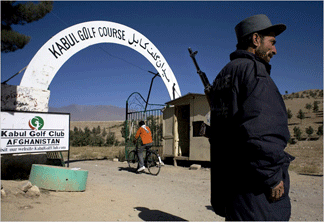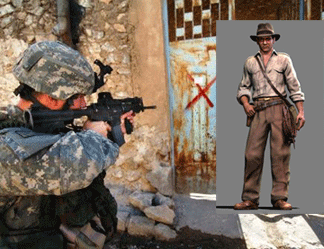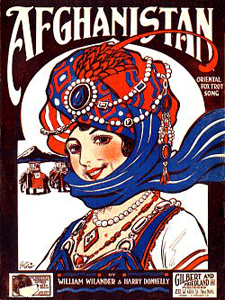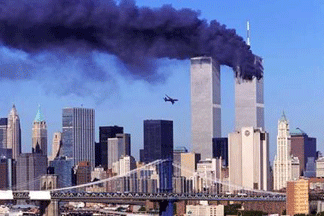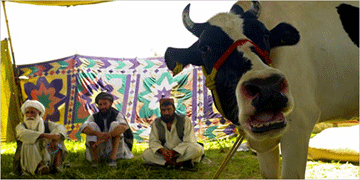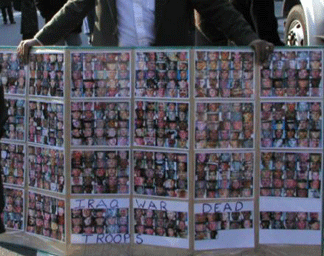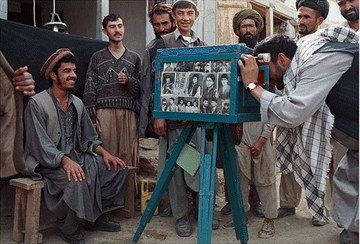
[Photograph taken in Afghanistan by Sergey Maximishin, 2001.]
[Webshaykh’s Note: It is a rare day when an anthropologist’s commentary is published in the New York Times. Here is yesterday’s op-ed by Richard Shweder of the University of Chicago, reproduced below. I invite readers to post their views here. I gave my own view of Anthropo covertus in an earlier post.]
by Richard Shweder, New York Times, October 28, 2007
IS the Pentagon truly going to deploy an army of cultural relativists to Muslim nations in an effort to make the world a safer place?
A few weeks ago this newspaper reported on an experimental Pentagon “human terrain†program to embed anthropologists in combat units in Iraq and Afghanistan. It featured two military anthropologists: Tracy (last name withheld), a cultural translator viewed by American paratroopers as “a crucial new weapon†in counterinsurgency; and Montgomery McFate, who has taken her Yale doctorate into active duty in a media blitz to convince skeptical colleagues that the occupying forces should know more about the local cultural scene.
How have members of the anthropological profession reacted to the Pentagon’s new inclusion agenda? Continue reading A True Culture War
